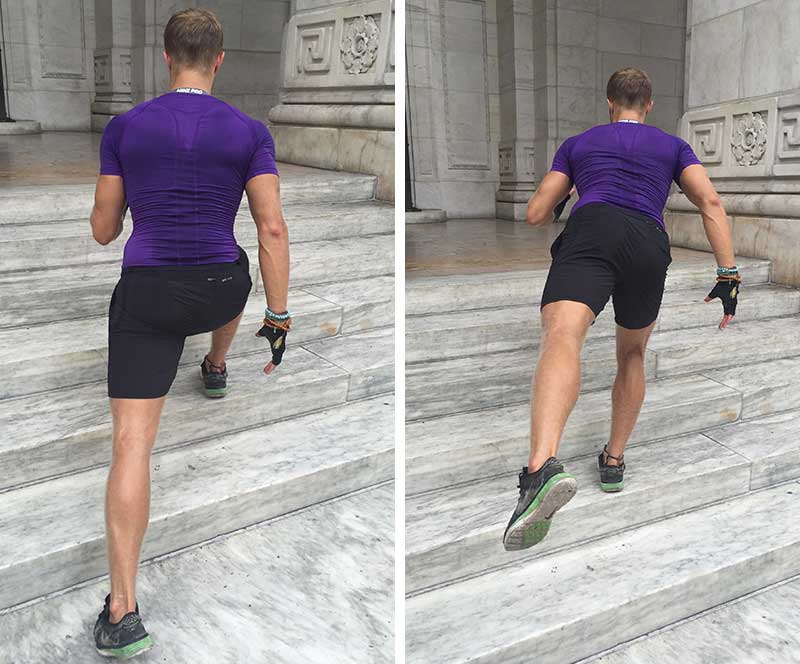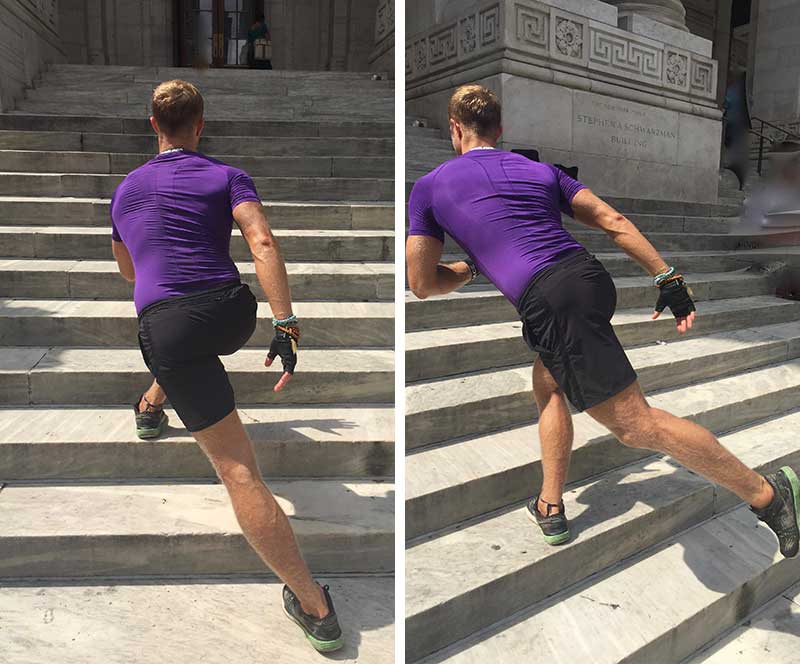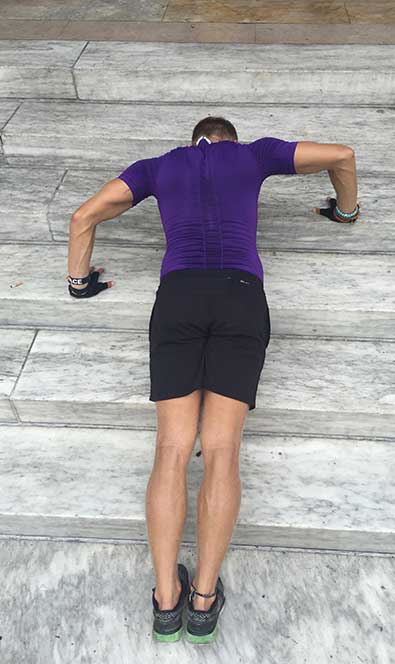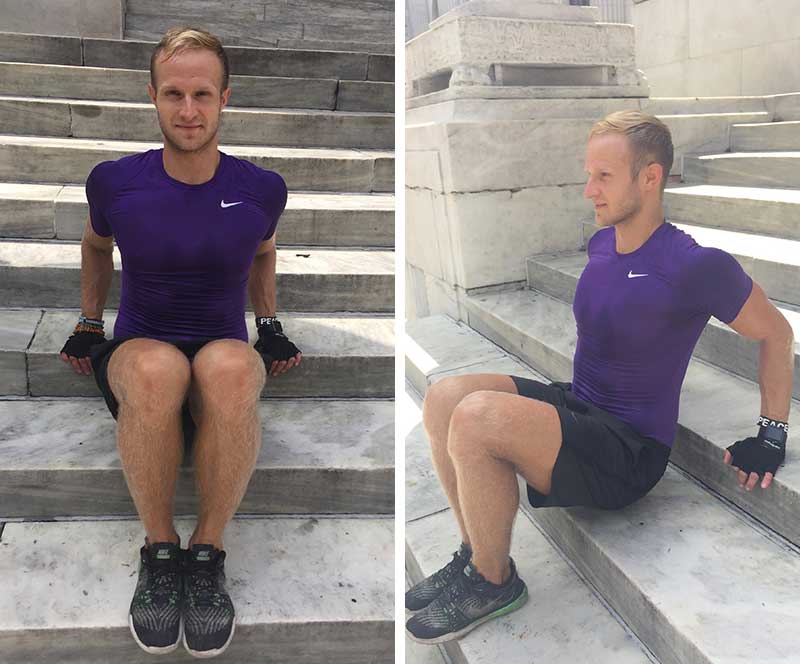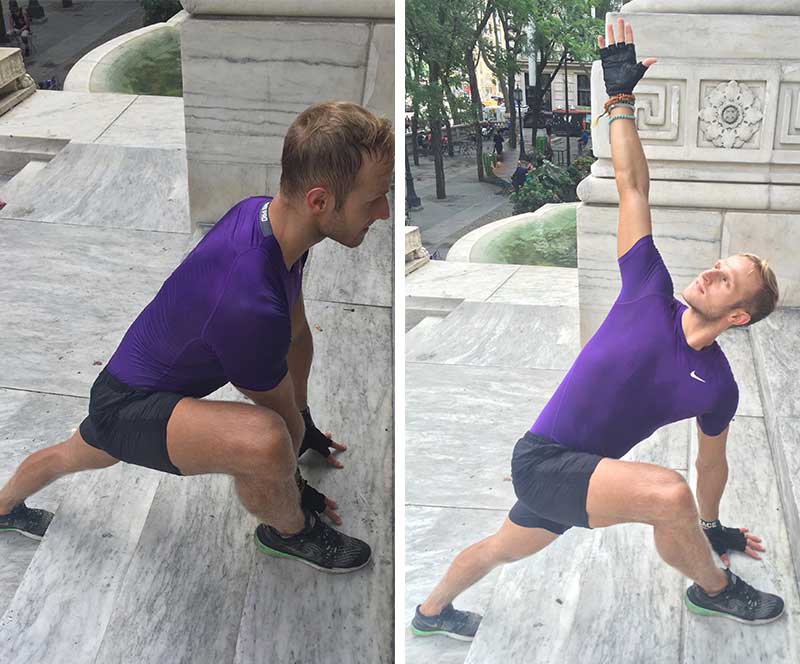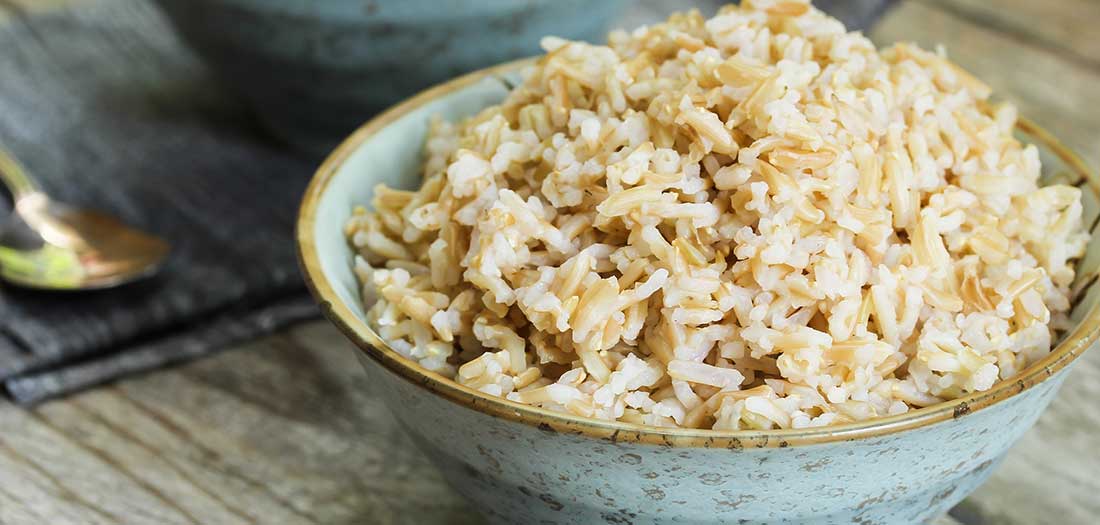tips tips tips and more tips!
I have developed one....don't worry too much!! Gosh, easy to say hard to do
Thank you
treasures
Parenting practices have moved on since we were babies and one of the biggest differences is how much pressure parents put on themselves. Here are some practical tips to help you cope with some of the biggest challenges of parenting today.
It’s a wonder any of us survived.
That can be the conclusion when we look at parenting practices of the past. We all have a family anecdote about something our mums and dads did that we would never dream of doing with our own children. While some of them are gasp-inducing, others are greeted with a chuckle – such as when a friend of mine found a note in his Plunket book about him enjoying ‘meat juice’ at a very (very) young age.
Discussions about parenthood with my mother, or others of her generation, often turn to stories of infants transported in bassinets on the back seats of cars, babies put to sleep on their tummies, children sent out to play bullrush with their neighbourhood chums and kids messing around on trampolines that had – wait for it – exposed springs.
Yes, parenting today is a vastly different beast. And while changes around sleeping and car safety are welcome results of scientific research producing better ways to care for children, many of the differences between now and then boil down to one significant ingredient: pressure, in all its different guises.
No escape
It starts from day one. Long gone are the times when new mothers were kept in hospital for two weeks following the birth of their baby. New parents in 2015 are now shipped out of hospital wards within hours, or at the most, a few days.
Long gone too are the days when new parents could go off the grid for a few weeks and get to grips with the new addition to their family. Our mothers and fathers could simply take their phone off the hook, but we have a much harder time escaping text messages, emails, social media and Skyping with overseas relatives.
Even when those messages and enquiries are sent wiSth the best of intentions, the pressure to send a response when you don’t have the energy or enthusiasm to even brush your teeth can be immense.
Solution: Give yourself the gift of time. Send a message to friends (group text or email, facebook update etc) with the basic details of the birth, so everyone knows baby is here and doing well. Then, explain that while you’re really excited to show off your new arrival it will be after a week or so, when Mum, Dad and baby have had time to settle in. Say you’ll be in touch with everyone again when you’re feeling ready for visitors. If anyone does turn up unexpectedly and you’re really not ready to see them, just don’t answer the door. This time is all about you and baby.
Information overload
Pat Assink, a Community Karitane who has worked with Plunket for 23 years, says today’s unprecedented access to information on the internet can be more hindrance than help.
“The biggest difference [in parenting] these days is we have ‘Dr Google’” she says. “Women have access to lots of information, which isn’t necessarily a good thing. I find it can confuse [parents] even more. You just don’t know which way to go.”
If your computer’s search history is one long list of “Is it normal when my child does...” then you probably need to step away from your keyboard. If our parents could muddle through the murky waters of raising kids without a search engine, we can too.
Solution: While styles of parenting may change over time, children don’t. Don’t terrify yourself by scrolling through pages of online diagnoses, talk to your mother, friends or your coffee group about any problems. If it’s really concerning you then see your GP, your Plunket nurse or call Healthline for guidance that is tailored to your child’s situation.
Keeping up with the Joneses
While this isn’t exactly a new concept, the phenomenon as related to parenting has climbed to a whole new level these days.
One such place this can occur is in the coffee group. While they can be areas of huge support, bonding and reassurance for some mothers, others struggle to chat about the more intimate details of post-birth life and child-rearing with people they met only weeks earlier at their antenatal classes.
While many find such gatherings cathartic, for others they can be a source of stress, as they may feel their baby isn’t ‘keeping up’ with others in the group.
Pat says it can be a common complaint: “They say ‘My baby’s not doing that and hers is doing that’, so it is a lot of pressure.”
Solution: Coffee groups can be a wonderful source of support, but if you’re not getting that from being part of yours then don’t feel you have to stay. Talk to your Plunket nurse, as she will know the other new mums in your area or you could also check local notices for coffee groups in your neighbourhood. And don’t worry if your wee one isn’t the first to achieve milestones – babies develop at their own rate.
It’s my kid’s party and I'll spend big if I want to
When I was young, birthday parties used to consist of treasure hunts, pass the parcel, pin the tail on the donkey and hide and seek. And that was after we’d sat around a table laden with chips, saveloys and fairy bread. (Refined sugar, carbs and artificial colouring!)
Yet some of the parties you see today are infinitely more sophisticated, as parents participate in what looks like an ever more expensive cycle of one-upmanship. One soiree I heard about recently took place at an exclusive inner-city hotel and sounded more akin to an adults’ cocktail party than a six-year-old’s celebration.
And 2015 saw the introduction of another disturbing birthday party trend – the bill for a no-show. When five-year-old British boy Alex Nash was sent an invoice for $NZ33 after he chose to spend time with his grandparents rather than attend a birthday party at a local dry ski slope, it made headlines around the world. The BBC even had its legal team comment on how the money could potentially be recovered by the party’s hosts. (They decided it’s virtually impossible, just in case you were considering sending your own invoice.)
Solution: If you’re feeling stressed about the idea of having to throw your child an extravaganza then just remember that kids can be happy with the simplest treats. There was a reason our childhood memories of birthday parties involved treasure hunts and musical chairs: they were jolly good fun. Go with what you know your child will enjoy and don’t worry about what other parents think.
It’s all about the money
While we’re talking about invoices, there is, of course, much greater financial pressure facing parents today too.
In our parents’ day, women often didn’t go back to paid employment after having children, but that’s simply not a choice for many mothers now. Especially when there’s extra competition for a family’s dollar. Today’s parents often feel the pressure to part ways with their cash for items that weren’t even a sparkle in their inventors’ eyes 20 or 30 years ago.
Have you heard anybody joke about the amazing present they bought for a child, only to discover they were more interested in the box that toy came in? Sometimes the most basic things can be the greatest source of pleasure.
Solution: If dollars are tight then toy libraries, TradeMe and hand-me-downs are all inexpensive alternatives.
Pressure to put on a show
We’re not sure when it happened, but parents are also putting pressure on themselves to be a constant source of entertainment, providing their child’s every waking moment – right from birth – with some sort of stimulating activity.
There will be plenty of grandparents out there shaking their heads in bewilderment at the thought of classes where we ‘learn’ how to play with our kids. Playtime when we were little largely involved being pushed outside and told not to come back in until lunch was on the table.
Sometimes it seems we can be so busy trying to come up with some new game or activity for our kids to take part in we might actually be missing the opportunity to let them create their own fun.
Solution: Give them the basic tools, then make a cup of tea and sit back and watch them go. Kids have an innate ability to create their own fun if left to their own devices.
So even though we can agree that some parenting practices are better left in the past, perhaps we could all benefit from taking a deep breath, thinking about how our mothers and grandmothers might have done things and trying to keep this parenting lark a bit simpler in this crazy age.
Parenting may look quite different now, but children are still the same, deep down. You and I didn’t need all the extra bells and whistles to grow up healthy and happy and your kids won’t need them either.
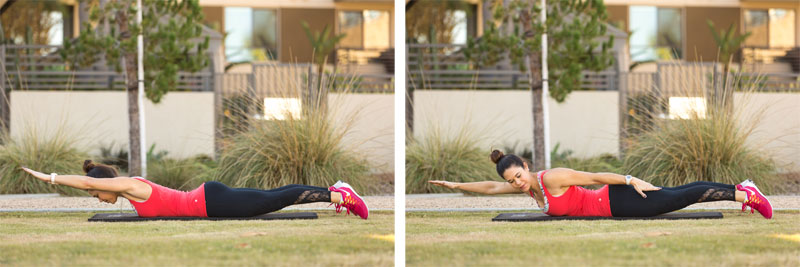
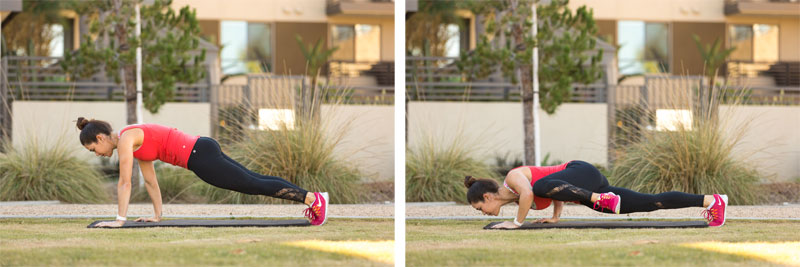
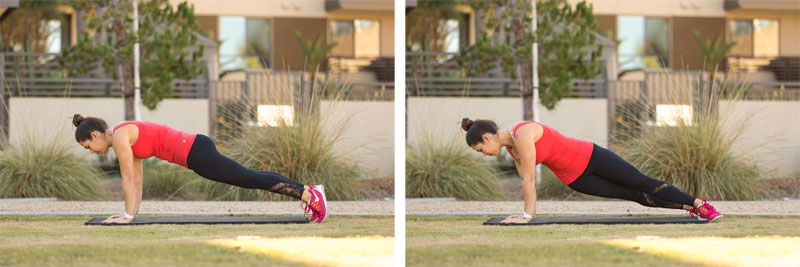

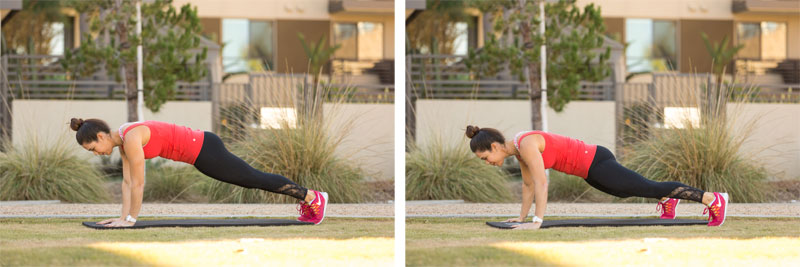
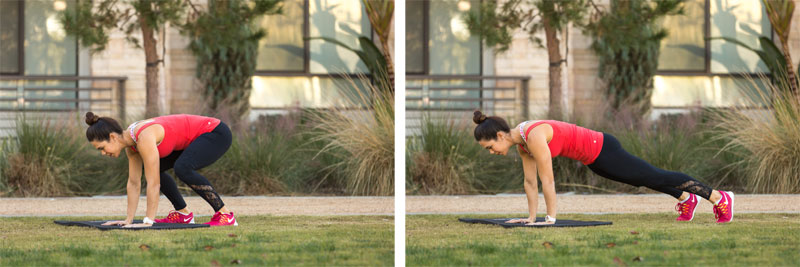
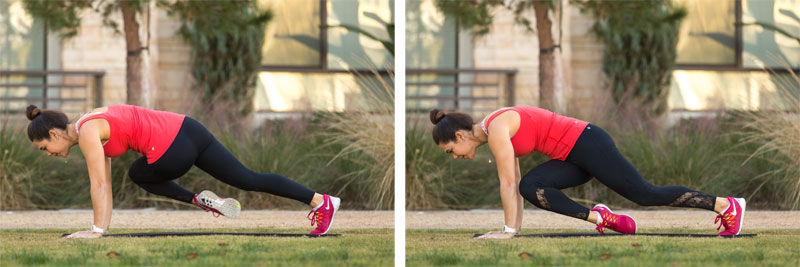
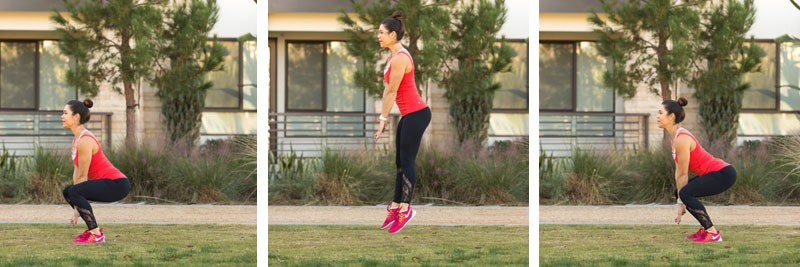
 MOLLIE MARTINContributor
MOLLIE MARTINContributor







 MOLLIE MARTINContributor
MOLLIE MARTINContributor



